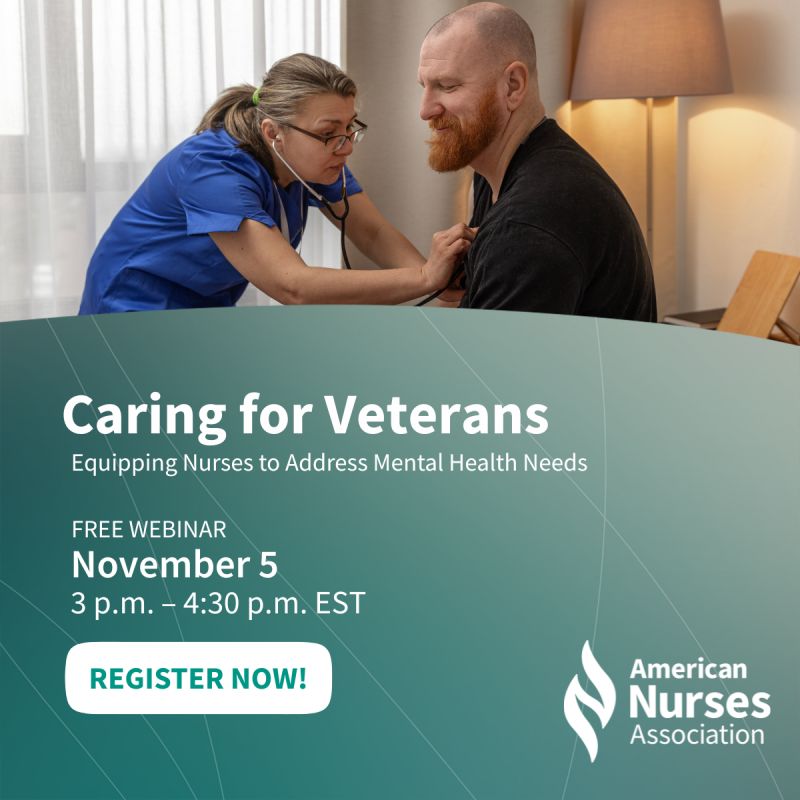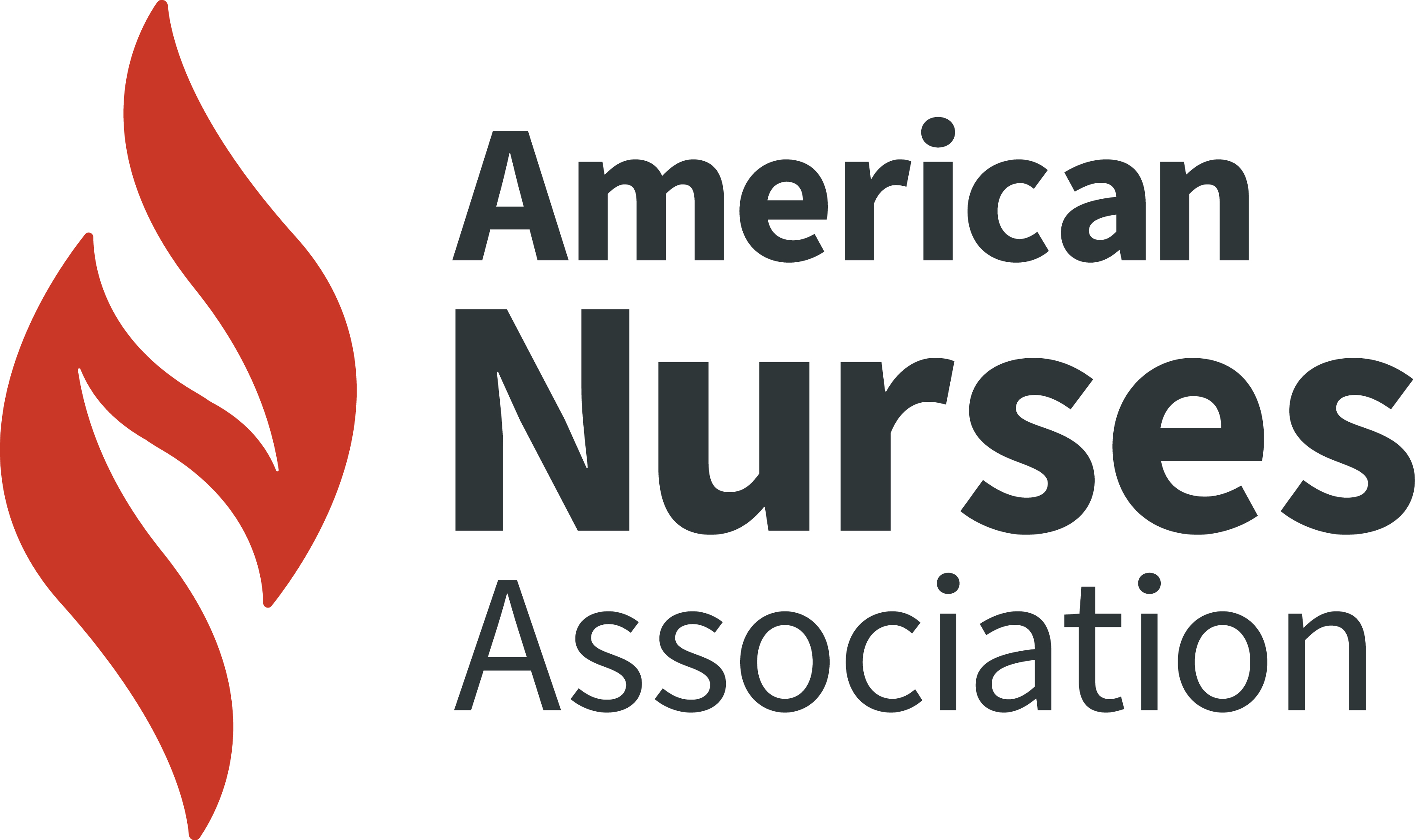MENTAL HEALTH, SUBSTANCE USE, AND NURSING ARTICLES
More than a million people every week show suicidal intent when chatting with ChatGPT, OpenAI estimates (opens new window)
More than a million ChatGPT users each week send messages that include “explicit indicators of potential suicidal planning or intent”, according to a blogpost published by OpenAI on Monday. The finding, part of an update on how the chatbot handles sensitive conversations, is one of the most direct statements from the artificial intelligence giant on the scale of how AI can exacerbate mental health issues. Read more (opens new window)
OpenAI Loosened Suicide-Talk Rules Before Teen’s Death, Lawsuit Alleges (opens new window)
OpenAI twice loosened ChatGPT’s rules for discussing suicide in the year before 16-year-old Adam Raine took his own life using a method the chatbot advised him on, according to an amended lawsuit filed by his parents on Wednesday. Adam’s parents, Matthew and Maria Raine, sued OpenAI in August for the wrongful death of their son, saying he had spent more than 3½ hours a day conversing with ChatGPT, including about suicide, in the weeks before taking his own life by hanging in April. Read more (opens new window)
Psilocybin-assisted group psychotherapy and mindfulness-based stress reduction for frontline healthcare provider COVID-19-related depression and burnout (opens new window)
Depression and burnout, which are common among healthcare workers, were exacerbated by the COVID-19 pandemic. Mindfulness-Based Stress Reduction (MBSR) and psilocybin have been reported to reduce depressive symptoms, but the efficacy of the combination requires comparison to an active treatment control. We sought to evaluate the safety and preliminary efficacy of psilocybin and MBSR versus MBSR alone for frontline healthcare providers with symptoms of depression and burnout related to the COVID-19 pandemic. We hypothesized that psilocybin would augment the antidepressant effects of MBSR in this population. Read more (opens new window)
Menstrual psychosis with a marked response to carbamazepine (opens new window)
Menstrual psychosis was first defined by Brockington in 1998 as a form of cycloid psychosis, the key features of which are an acute onset occurring against a background of normal mental functioning, brief duration, psychotic features, and a circadian periodicity that aligns with the menstrual cycle. Furthermore, menstrual psychosis is clearly distinguishable from menstrual syndrome and premenstrual dysphoric disorder, which are mood disorders related to the menstrual cycle, by the presence of psychotic symptoms. There are thus far only 80 reported cases of menstrual psychosis. As of yet, there is no consensus on its treatment, and antipsychotic and antidepressant therapies are considered ineffective. Read more (opens new window) (opens new window)
Corollary Discharge Dysfunction to Inner Speech and its Relationship to Auditory Verbal Hallucinations in Patients with Schizophrenia Spectrum Disorders (opens new window)
Auditory-verbal hallucinations (AVH)—the experience of hearing voices in the absence of auditory stimulation—are a cardinal psychotic feature of schizophrenia-spectrum disorders. It has long been suggested that some AVH may reflect the misperception of inner speech as external voices due to a failure of corollary-discharge-related mechanisms. We aimed to test this hypothesis with an electrophysiological marker of inner speech. Read more (opens new window)
Can Sour Candy Help Alleviate Anxiety? Experts Weigh In (opens new window)
Her patients are gathered for a group therapy session. They’re here to learn mindfulness techniques, stress mitigation and coping strategies for anxiety. When Dr. Ayanna Abrams, Psy.D., founder of Ascension Behavioral Health, starts handing out candy, they’ll soon realize certain coping tools are tastier than others. The latest social media craze is encouraging people to turn to sour candy when they’re feeling anxious. According to experts, the suggestion has merit. In fact, some have long been using it in their practices. Read more (opens new window)
15 Jobs That Take a Surprising Toll on Mental Healt (opens new window)
When we think of exhausting jobs, we often think of emergency responders, healthcare workers, or military personnel. These professions are known for their high stakes, ruthless pace, and heavy responsibilities. But what about jobs that quietly impact mental health without the same attention? These roles may seem easy or even desirable, but they often come with unexpected challenges. Mental health struggles in the workplace aren’t always about dramatic crises, visible chaos, or exploding bombs. Often, it’s the cumulative effect of long hours, relentless public scrutiny, or the constant need to balance unrelenting expectations with limited resources. And it's hard to keep that stress and anxiety at work when you clock out each day. Read more (opens new window)
SNAP shutoff could take mental health toll on Georgians (opens new window)
The federal government shutdown could soon take food off the table for more than a million Georgians who rely on SNAP benefits — leaving many families anxious about how they’ll eat in the coming days. A recent study found that more than half of Americans say the cost of living is their biggest source of anxiety. With the potential loss of food assistance, that stress is growing — especially for families in rural areas with limited access to help. According to federal data, roughly 1.4 million Georgians rely on SNAP to put food on the table. Donations are helping for now, but advocates say the need is outpacing resources. Read more (opens new window)
The government shutdown’s impact on mental health (opens new window)
The loss of paychecks and SNAP benefits has affected many Oklahomans, but now, many are looking at the toll the government shutdown is having on the mental health of those impacted. It has resulted in some taking drastic measures to try and ease the pain. “A lot of these folks are vulnerable people and they need a little bit of extra support to get back on their feet,” Carrie Blumert, CEO of Mental Health Association of Oklahoma, said. Read more (opens new window) (opens new window)
Penn Nursing researchers find American men are dying younger than women, rest of world (opens new window)
A report featuring Penn Nursing researchers released on Oct. 8 revealed that men in the United States are dying younger and more frequently when compared to women and the rest of the world. In partnership with the Movember Institute of Men’s Health, the report was co-authored by population health and health equity professor Derek Griffith and research project director at the Program for Men’s Health Equity Emily Jaeger, alongside a number of other experts. Titled “The Real Face Of Men’s Health,” it combines original analysis of national health data with new survey data on men’s perceptions on physical and mental health. Read more (opens new window)
Can Sour Candy Help Alleviate Anxiety? Experts Weigh In (opens new window)
Her patients are gathered for a group therapy session. They’re here to learn mindfulness techniques, stress mitigation and coping strategies for anxiety. When Dr. Ayanna Abrams, Psy.D., founder of Ascension Behavioral Health, starts handing out candy, they’ll soon realize certain coping tools are tastier than others. The latest social media craze is encouraging people to turn to sour candy when they’re feeling anxious. According to experts, the suggestion has merit. In fact, some have long been using it in their practices. Read more (opens new window)
Working Moms Are More Depressed And Burned Out Now More Than Ever (opens new window)
Mom life can be beautiful and fulfilling, but being a mother can also be stressful and can take a toll on mental health and contribute to burnout and depression. This is especially true for women who are also balancing motherhood with their working life and any other roles they may occupy. As Depression Awareness month comes to a close, the topic of depression has been at the forefront of various mental health communities. More specifically, the growing number of working women who are reporting experiencing symptoms commonly associated with depression or who have been diagnosed with major depressive disorder. Read more (opens new window)











